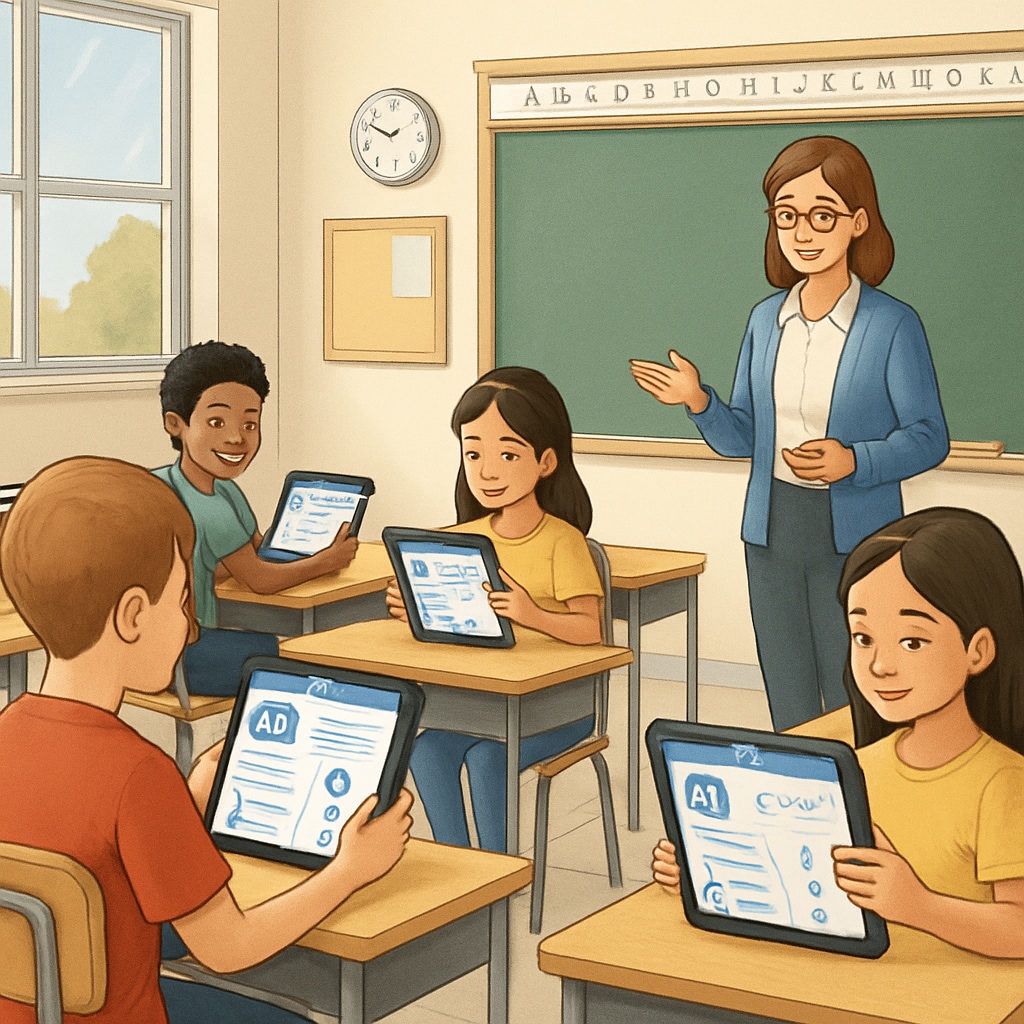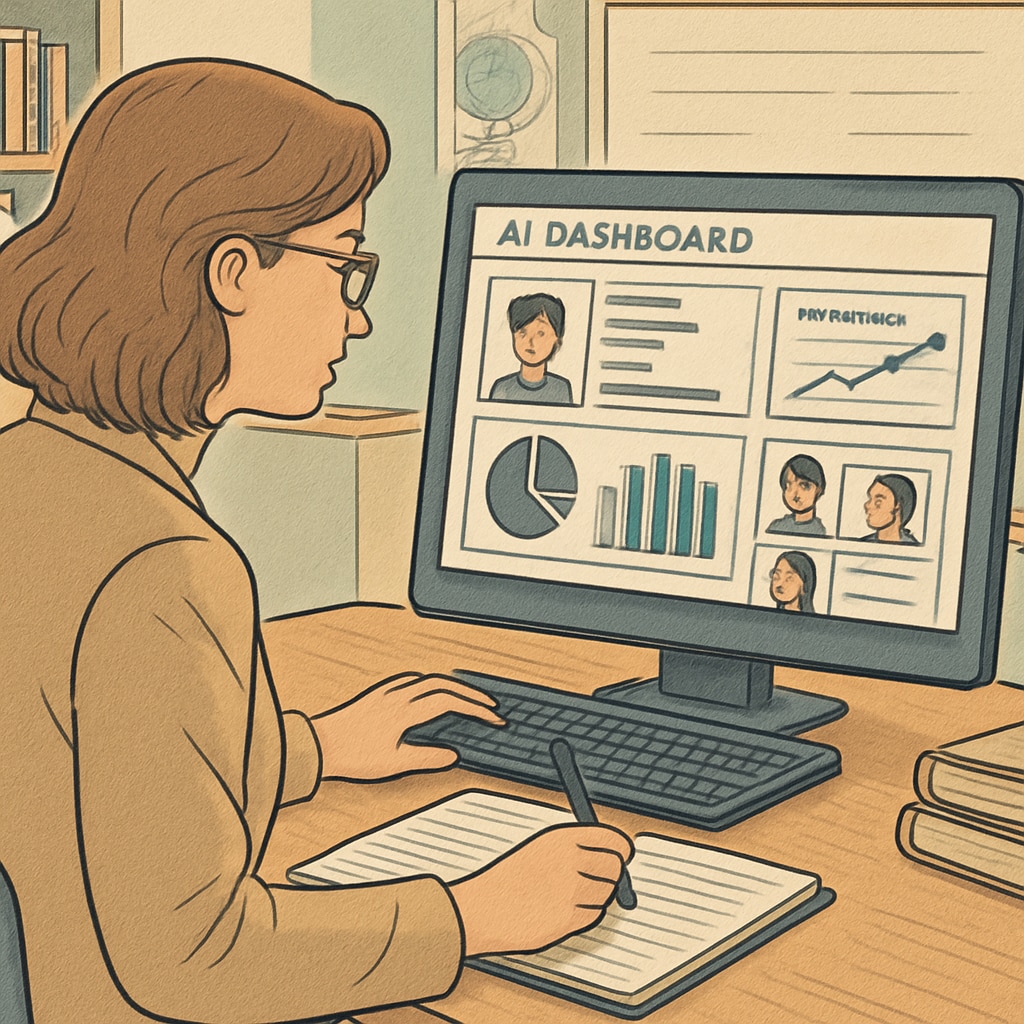Artificial intelligence (AI) is rapidly transforming the education landscape, with profound implications for the future of K12 learning. As technology advances, schools and educators are exploring how AI can enhance personalized learning experiences, redefine the role of teachers, and optimize resource allocation. In this article, we analyze the potential impact of AI on K12 education over the next 5-10 years while considering the importance of preserving the essence of education.
Personalized Learning: A Tailored Experience for Every Student
One of the most significant ways AI is influencing education is through personalized learning. AI-powered platforms can analyze individual student data, including learning styles, strengths, and weaknesses, to create customized lesson plans. This approach ensures that students receive instruction at their own pace, addressing their unique needs.
For example, AI tools such as adaptive learning software can adjust the difficulty of exercises based on a student’s progress. This helps struggling students catch up while allowing advanced learners to explore more challenging material. According to a Britannica article on AI, these technologies are designed to enhance student engagement through tailored content delivery.
Moreover, AI can provide immediate feedback on assignments and tests, helping students understand their mistakes and learn from them. As a result, students are empowered to take ownership of their education, fostering a growth mindset.

Redefining the Role of Teachers
While AI is transforming how students learn, it is also reshaping the role of teachers. Rather than replacing educators, AI acts as a supportive tool, enabling teachers to focus on what they do best—mentoring and inspiring students.
Teachers can use AI to automate repetitive tasks, such as grading assignments or tracking attendance. This frees up time for them to concentrate on fostering creativity, critical thinking, and interpersonal skills among students. Additionally, AI provides valuable insights into student performance, allowing teachers to adjust their teaching strategies accordingly.
For instance, AI dashboards can highlight trends in classroom engagement or pinpoint areas where students are struggling. With this data, teachers can intervene more effectively, ensuring that no student is left behind. As highlighted by Wikipedia’s education technology page, this synergy between AI and educators is key to maximizing learning outcomes.

Optimized Resource Allocation and Accessibility
Another critical area where AI is making an impact is resource allocation. In the next decade, AI could help schools distribute resources more efficiently, ensuring that underserved communities have access to quality education. For example, AI-driven analytics might identify gaps in funding, staffing, or educational tools, enabling administrators to address these issues proactively.
Furthermore, AI can expand access to learning materials through virtual platforms. Students in remote or underprivileged areas can benefit from online lessons, tutoring, and interactive content powered by AI. This democratization of education has the potential to bridge the gap between different socioeconomic groups.
As a result, education systems can move closer to achieving equity and inclusivity, ensuring that every child has the opportunity to succeed.
Balancing Technology and the Human Element
While the advantages of AI in education are undeniable, it is crucial to strike a balance between technological innovation and the human element. Education is more than just transferring knowledge—it is about nurturing curiosity, empathy, and individuality.
As schools adopt AI tools, they must ensure that these technologies complement, rather than overshadow, personal connections and emotional growth. The goal should be to create a harmonious blend of AI-driven efficiency and human-centered education.
Looking ahead, educators, policymakers, and technologists must collaborate to shape the future of education responsibly, keeping the essence of learning intact.
Readability guidance: This article uses concise paragraphs, clear transitions, and lists to summarize key points. Passive voice is minimized, ensuring an engaging and accessible reading experience.


